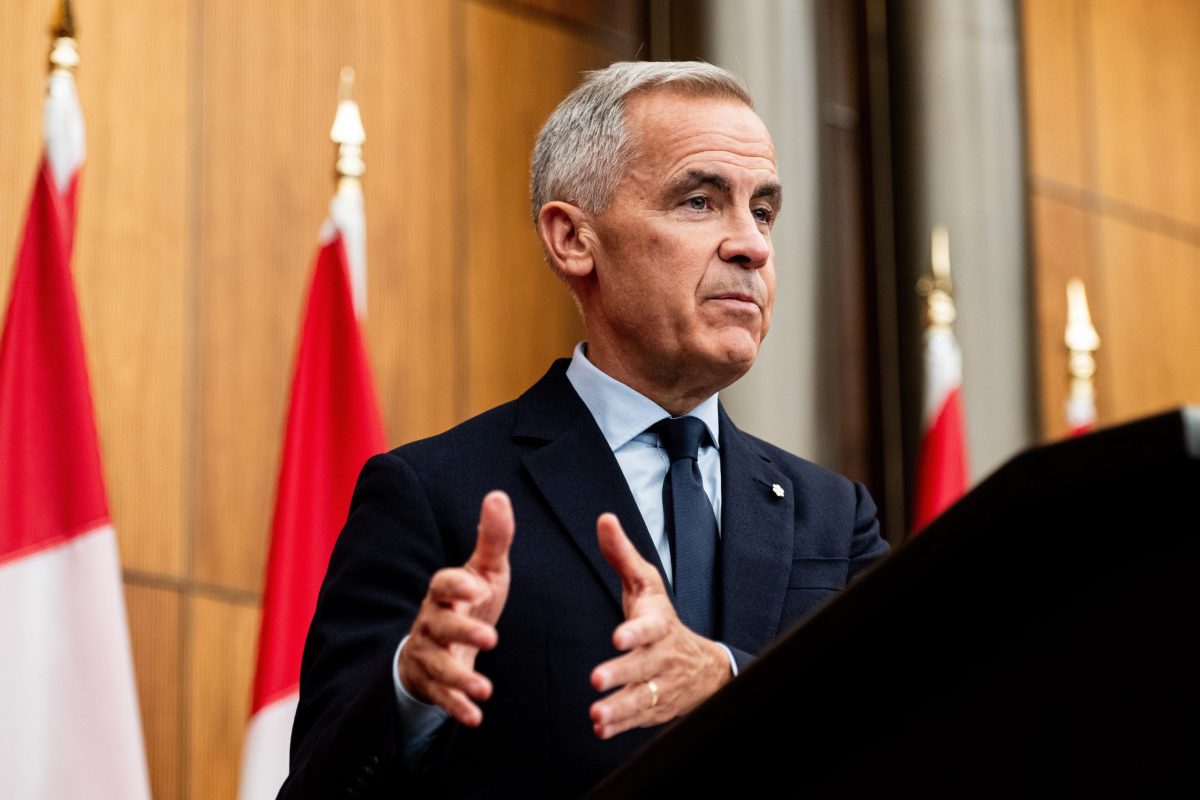WASHINGTON (Reuters) — The U.S. government offered on Wednesday to sell surplus sugar to biofuel makers, turning to an initiative created during the early days of the ethanol boom in an effort to alleviate the highest sugar subsidy costs in a decade.
The Agriculture Department has tried repeatedly since June to whittle down an oversupply that has depressed futures prices and created the possibility of a default on $258.7 million in USDA price support loans on Sept. 30.
It was the second time USDA utilized the so-called Feedstock Flexibility Program. The first attempt resulted in a comparatively tiny sale but USDA said it modified the program to encourage more participation.
Read Also

Canada lifts several import tariffs on U.S. goods as talks continue
Starting September 1, Canada will adjust its tariffs on agricultural products, consumer goods and machinery, Prime Minister Mark Carney announced at a press conference in Ottawa on Friday.
“This iteration of FFP is different from the earlier version in that sugarcane and sugar beet processors are encouraged to submit their offer jointly with the bioenergy producer,” said USDA.
Refiners forfeited 85,375 tons of sugar to USDA on Aug. 31, rather than repay $34.6 million in loans. Some 556,650 tons are under loans that come due this month.
USDA unveiled the new FFP round on the day it was due to inform sugar processors of the results of a Sept. 12 offer to swap unwanted sugar for credits held by processors that allow them to bring sugar into the United States for refining and sale abroad. Earlier swaps reduced the surplus by 354,712 tons.
“Whatever the USDA has done, it hasn’t been enough, and there’s still a lot of sugar in the pipeline. I’m not sure if this will be enough, or what the reaction will be this time around,” said Jerry Kramer of Kramer Sugar Company, a brokerage in Wellesley, Massachusetts.
Due in part to huge crops worldwide, the U.S. sugar surplus is forecast at 2.2 million tons at the end of this month, equal to 18.4 percent of annual consumption. USDA aims for a 15 percent stocks-to-use ratio. Many U.S. sugar growers say the problem has worsened due to large shipments from Mexico, which has free access to the U.S. market.
In the initial round of the FFP, processors offered 90,000 tons of sugar. But only 7,118 tons were sold to Front Range Energy for $854,100. The government lost nearly $3 million on the sale but it offset the cost of the forfeited sugar somewhat.
By law, USDA is obliged to assure growers of a minimum price for sugar, of 20.9 cents per lb, while operating the sugar program at no net cost to taxpayers.
USDA limits imports and the marketing of U.S.-grown sugar to achieve the twin goals.
















